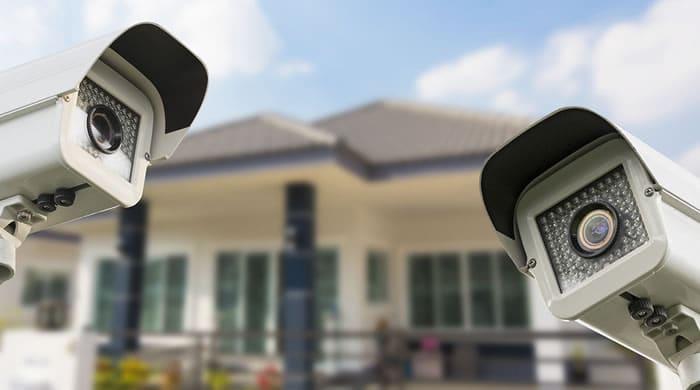How AI Innovations Are Improving Efficiency in the Surveillance Industry
Artificial intelligence AI has become a transformative force across various industries, and the surveillance sector is no exception. With the growing need for more efficient, reliable, and proactive security measures, AI innovations are significantly improving surveillance practices, revolutionizing how security systems operate, and enhancing the overall safety of both residential and commercial spaces. The integration of AI into surveillance systems has not only streamlined monitoring processes but also enabled more intelligent decision-making, ultimately enhancing security efficiency and reducing human error. However, AI-powered systems can analyze hours of footage within seconds, identifying patterns, detecting anomalies, and even recognizing faces or behaviors that would typically go unnoticed by the human eye. This real-time analysis dramatically reduces the time it takes to identify potential threats, enabling security teams to respond more quickly and proactively.

AI algorithms, particularly machine learning ML and deep learning models, enable surveillance systems to continuously improve their accuracy over time. As these systems are exposed to more data, they learn to recognize specific patterns or behaviors more effectively. For instance, AI can distinguish between normal activities, such as pedestrians walking, and unusual behavior, such as someone loitering or entering restricted areas. This ability to differentiate between various types of activities ensures that security personnel are only alerted to genuine security concerns, reducing the number of false alarms and enabling a more focused and efficient response. By cross-referencing faces with databases of known individuals, these systems can identify potential threats or individuals with restricted access in real-time, adding an extra layer of security to high-risk areas. This technology also enables improved access control and monitoring, making it easier to track individuals in sensitive locations.
Furthermore, AI is enhancing surveillance systems’ ability to predict and prevent incidents before they occur. With predictive analytics, AI can analyze past data and trends to anticipate potential security breaches. For example, by studying the flow of people or vehicle movement, AI systems can predict peak times for criminal activity or identify areas with a higher likelihood of incidents. This predictive capability allows security personnel to be more proactive, directing their attention to high-risk zones and minimizing the chances of security breaches or criminal activity. From real-time data processing and machine learning to facial recognition and predictive analytics, AI is improving the overall effectiveness of security systems, reducing the reliance on human operators, and enhancing safety in various environments. As AI technology continues to evolve, it is expected to play an increasingly vital role in shaping the future of surveillance, creating smarter and more responsive security solutions that can keep pace with growing safety challenges and check my source.
